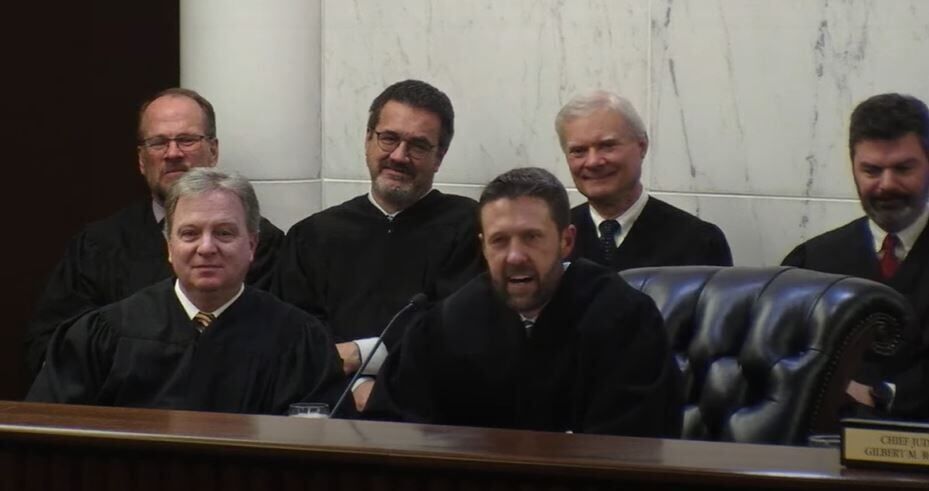Court interprets arson statute, permits multiple charges for single fire

Colorado’s arson statute permits charges for each building, piece of property or individual endangered, and not for the number of fires, the Colorado Court of Appeals clarified for the first time on Thursday.
“If the unit of prosecution were, in fact, tethered to the number of fires set, then one would expect one arson charge and conviction per fire,” wrote Judge Craig R. Welling for the three-member panel. “But that’s not how the statute is structured.”
After Christopher Magana’s girlfriend broke up with him, he texted her threatening to set her car on fire. On April 12, 2016, Magana did exactly that, with the fire spreading to a second car and the woman’s Lakewood home mere feet away. All 14 people who were inside escaped safely.
A Jefferson County jury convicted him of 18 arson counts and one count of criminal mischief. Broken down, that included two instances of first degree arson for the duplex that caught fire, two instances of second degree arson for the two vehicles, and 14 instances of fourth degree arson for placing the residents in danger of death or serious injury.
Magana appealed, arguing he should have only been convicted one time apiece for first, second and fourth degree arson for the single fire he set. To charge him otherwise would violate the constitutional prohibition on double jeopardy, he contended.
Double jeopardy outlaws prosecuting an individual twice for the same offense as well as imposing multiple punishments for the same criminal act, unless the legislature provides otherwise.
Looking to the arson statute, the appellate panel noticed that the various types of arson criminalized damage to “any building” or “any property,” or conduct that endangered “another” person. Welling described three hypothetical arsonists: one who burned three homes, a second who burned three cars and the third who endangered three people.
With the defense’s interpretation of the law, each person would have one felony charge apiece. However, if a single person burned one home, one car and endangered one person, they would receive three felony counts.
“An odd result, indeed,” observed Welling.
The appellate judges concluded that the General Assembly intended for each separate unit in a duplex to be a distinct building. Therefore, the multiple arson charges for the dwelling set ablaze were appropriate. The same logic applied to the two damaged vehicles owned by two different people.
Not all states operate under the same understanding. The Tennessee Supreme Court in 1997 ruled that its arson statute applied to the “entire structure,” and not each unit in a multifamily building. Then in 2002, the Washington Supreme Court decided a single fire that damaged three cars merited only one charge.
The appellate panel also declared illegal part of Magana’s 14-year sentence. The first degree arson charges included an enhanced sentence with the use of a deadly weapon, making it a crime of violence. After District Court Judge Randall C. Arp clarified for the jury that fire can be a deadly weapon, jurors agreed that the enhanced sentence applied.
At the time, Magana argued and Arp agreed every first degree arson would necessarily be a crime of violence if fire were a deadly weapon. Welling wrote that this argument had “some intuitive appeal,” but saw no evidence the legislature intended to exclude the fire itself as a deadly weapon.
The panel ordered a resentencing for Magana. The case is People v. Magana.














